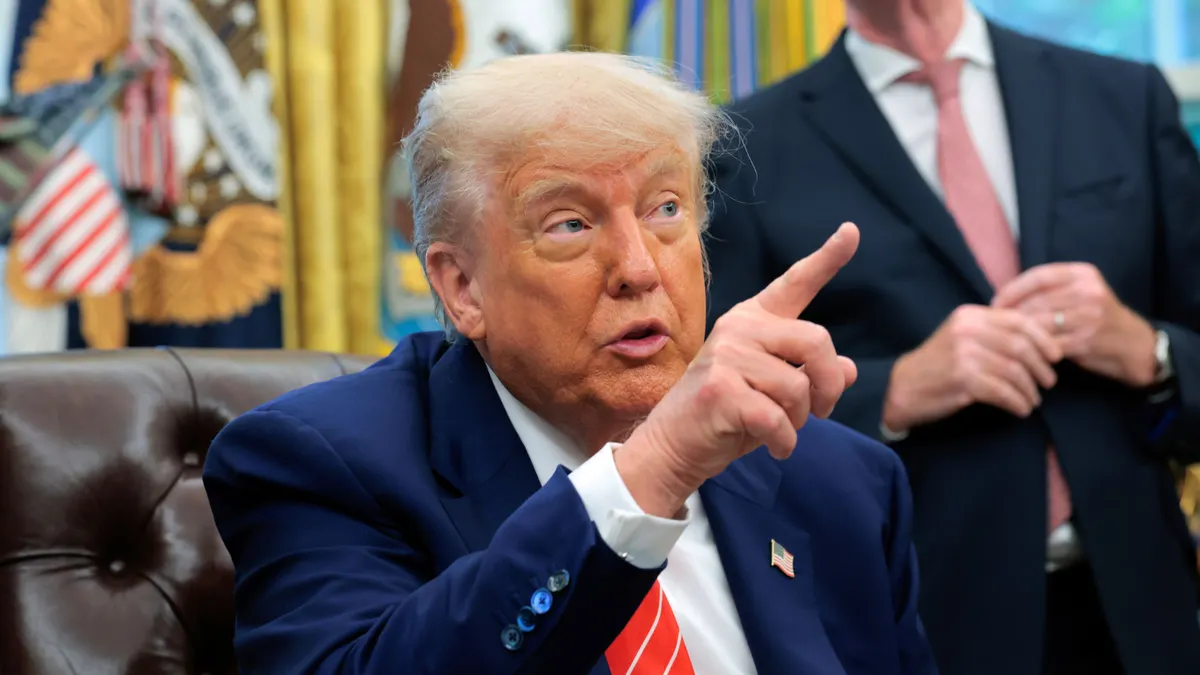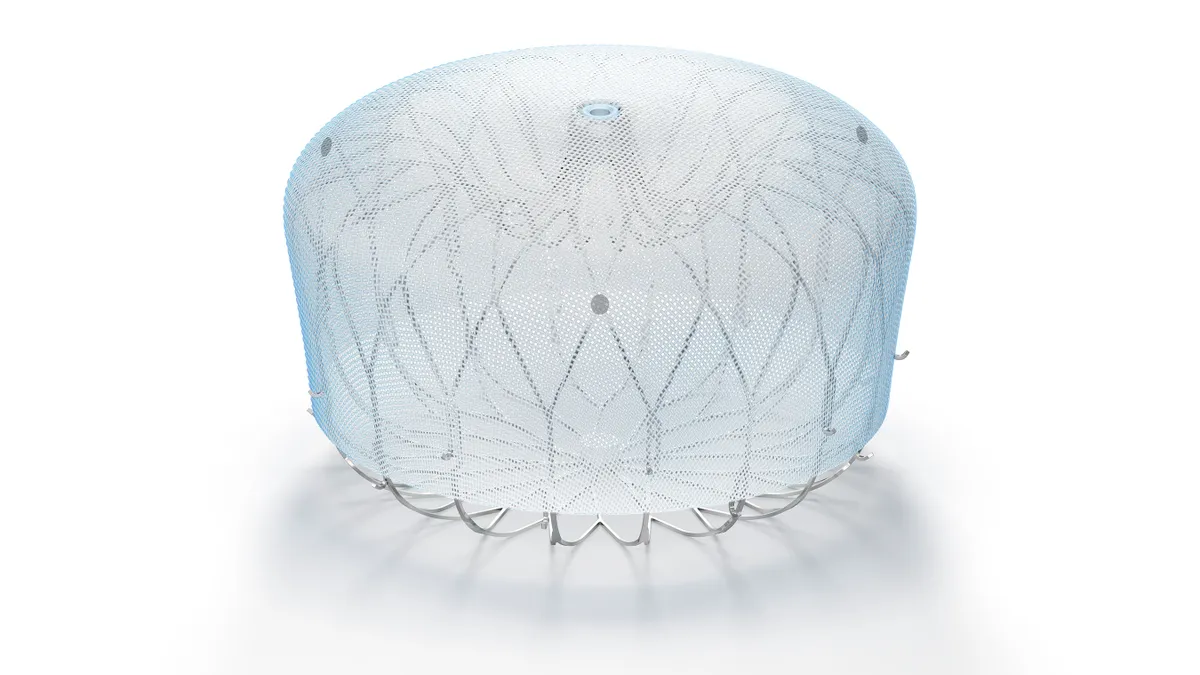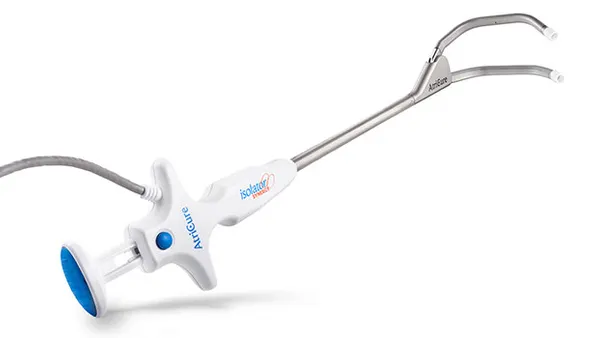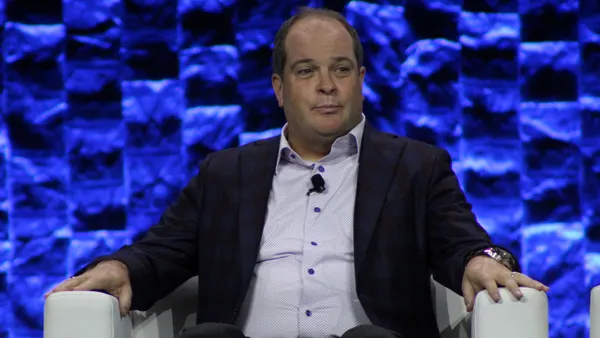The United States and the United Kingdom have come to terms on a deal focused on tariffs and market access, the first trade agreement from the Trump administration since President Donald Trump unveiled global reciprocal tariffs last month.
As part of the agreement, the Trump administration will maintain a 10% tariff on U.K. imports, the president announced at the White House Thursday. Meanwhile, the U.K. will lower tariffs on U.S. goods from 5.1% to a 1.8% rate.
The two countries also agreed to matching steel and aluminum tariffs and quotas, per Commerce Secretary Howard Lutnick, while the U.S. will charge a 10% tariff on an annual quota of 100,000 U.K. automobiles. U.K. carmakers will be subject to 25% duties after reaching the quota. Earlier this year, Trump instituted 25% tariffs on imported steel and aluminum, as well as a 25% duty on automobiles and car parts.
The arrangement will also open access to the U.K. market for U.S. exports of agricultural products like beef and ethanol, as well as machinery, textiles and chemicals. The additional market access will equal $5 billion in export value, according to the White House.
Imports from the U.K. made up 2.8% of U.S. trade in 2024, per data from the U.S. International Trade Commission compiled by Supply Chain Dive. By the end of the year, the U.S. had an approximately $12 billion trade surplus with the country.
Prior to the new agreement, imports from the U.K. were subject to a 10% tariff, in line with a baseline rate Trump set as part of his reciprocal trade policy.
Trump originally announced duty rates on a country-by-country basis but paused implementation for 90 days in favor of 10% levies for most countries starting April 9.
Beyond the U.K, the White House has also been in discussions about existing trade policies with other countries, including Japan, Vietnam, South Korea and India. This week, the U.S. and China will also soon meet to discuss trade matters for the first time since hiking duties on the country to 145%.















